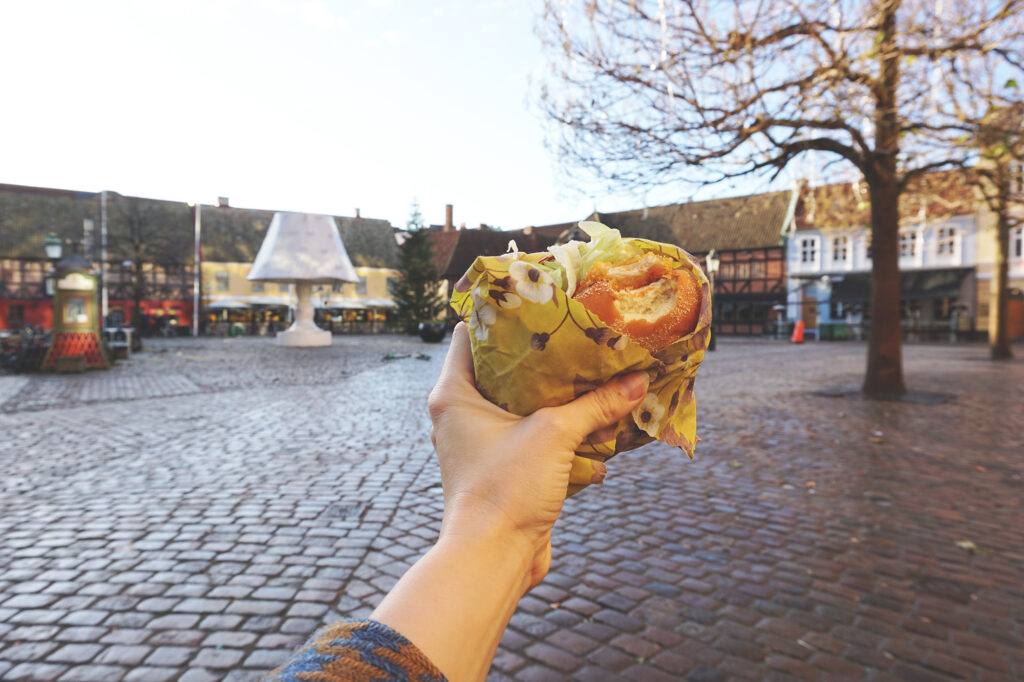Hello everybody, this was a topic requested by a subscriber, so thank you for the suggestion. Now I like me some greasy food, I am not vegan for my health you guys, but I think it is important to talk about these industries and the issues they pose, sooo today we’re going to opening a not so happy meal (sorry this is a really tired metaphor, but I just couldn’t help myself).
The fast-food market size is valued at $885 billion in 2021. And among the biggest chain stores, McDonald’s has 35,000 restaurants worldwide, KFC has over 18,000, Subway more than 42,000, Starbucks 23,000 locations, Burger King 13,000, Dominos 10,000, and Pizza Hut 6,000.
If cows were a country, it would be the world’s third-largest emitter of greenhouse gases
Just like one of the reasons why fast fashion clothing is so cheap (apart from the fact that workers aren’t paid fairly) is the fact that it automatically becomes cheaper to produce goods in bigger quantities, the bigger the order, the smaller the price for the individual product. In a similar fashion, the large quantities of fast food produced in the world have paved the way for extremely cheap meat products.
In the USA alone, McDonald’s sells more than 1 billion pounds (!) of beef every year. Now think about how much that is on a global scale, now add pork, chicken, cheese, seafood, etc. It’s a lot, and just because the price per item is lower when we produce a lot of it, does not mean that the impact is lower as well. Fast food meat products are also particularly low because a lot of extra ingredients are added to “thin out” the meat. As such, you rarely get a 100% meat product when you buy fast food, at least that’s the case when if there are no laws against this practice.
The reason why a vegan, or even a vegetarian, burger is often more expensive in a restaurant than an equal-sized meat counterpart is also because of this supply and demand issue. It is more expensive, per item, to buy less of an item, than more of it, weirdly enough.
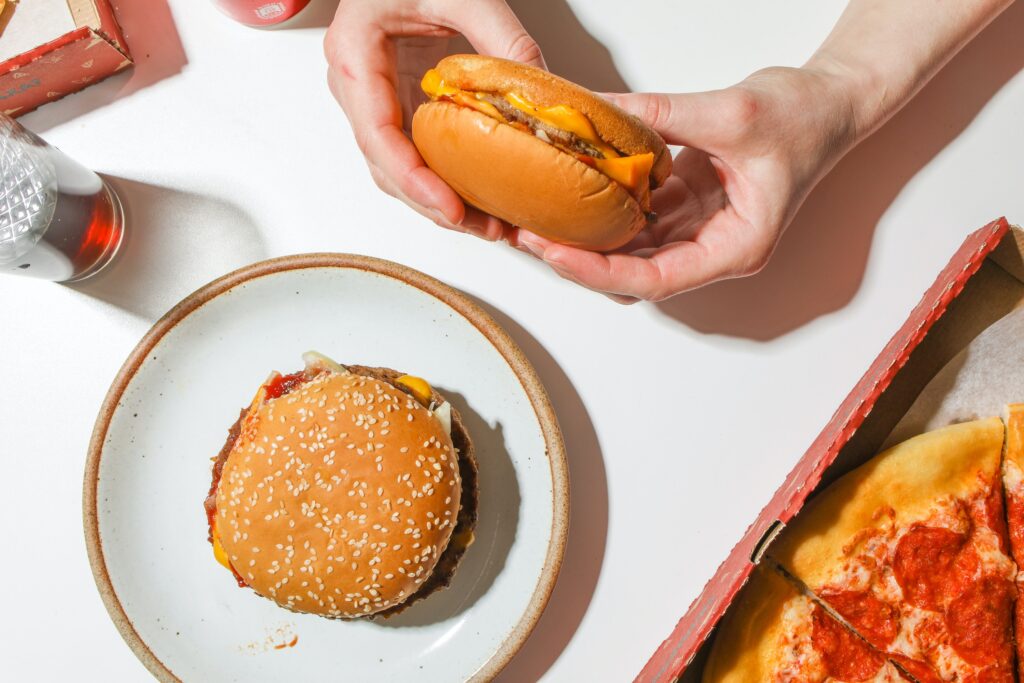
also check out: The History and Impact Animal Agriculture & Factory Farming // from 45,000 BC to 2021
Of course, this poses a huge problem in terms of the availability of more sustainable food products. As long as the meat is more affordable and thus, more available, it will be either more attractive for consumers to buy those products – and in some cases, it might also be the only choice.
Aaaand of course, we cannot forget the huge, massive system of meat and dairy lobbying that constantly affects the political system. Because these are huge industries, they have so many resources, and they routinely use them to keep prices down by pressing for tax benefits and low environmental restrictions. As such the availability of fast food is not purely something that is made possible by the restaurants alone, it is just as much a phenomenon realized by politics.
However, the narrative concerning the consequences and effects of fast food suggests that is solely the consumers’ fault for buying the products. For instance, in 2005, the House of Representatives passed an act that forbade consumers to sue fast-food operators over weight gain. “The Cheeseburger Bill” (formally, “The Personal Responsibility in Food Consumption Act”) attempted to legislate the message that the costs of fast food are personal, not social, and certainly not a consequence of selling harmful food at addictively low prices. (Mark Bittman, New York Times, 2014). In the book Supersizing Urban America, by Jou Chin, it is described in much more detail how these fast-food chains are only able to provide the offers that they are because there are being given massive benefits by the government. Furthermore, this is not only a US issue but something that takes place many places in the world, Denmark as well.
Aaaand there are many issues with a meat and dairy industry this large, I have already made an entire video dedicated to understanding this issue, which covers everything from rainforest destruction to make room for ranches and cattle farms, to soil and water pollution, the consequences of overusing antibiotics, CO2 and methane emissions and so much more. The bottom line is any business model that is based on providing the cheapest meat possible is bad for the planet, period.
ONLY BEEF WITH MEAT?
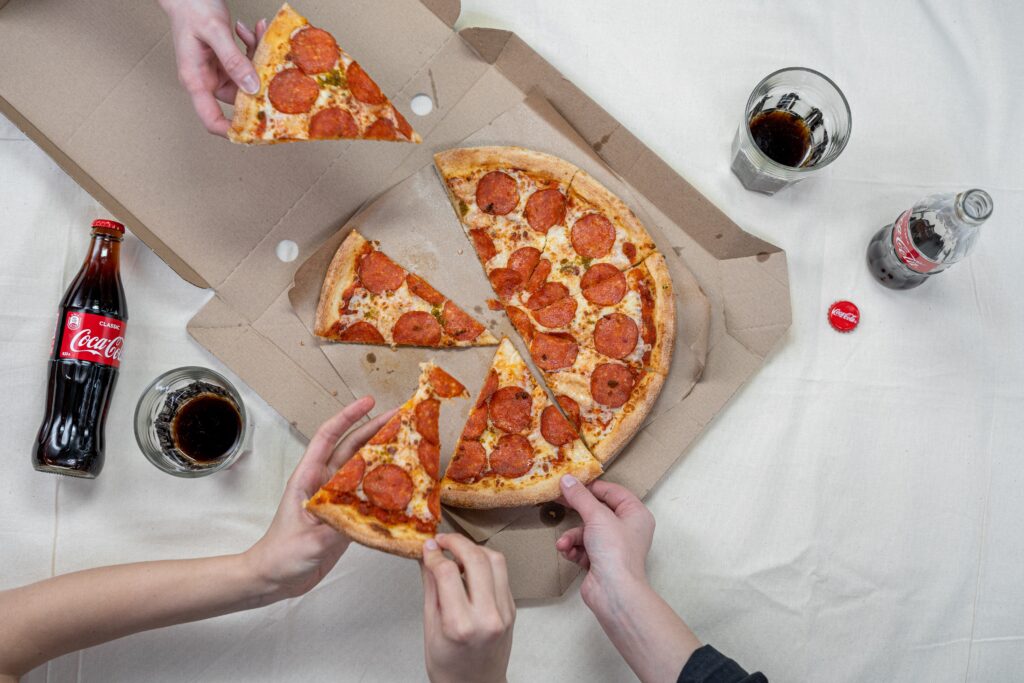
also check out: What Is Wrong With Palm Oil? // Breaking Down The Pros and Cons
While the vast consumption of meat in the fast-food industry is very problematic, there are other ingredients that we should talk about as well. As a matter of fact, one of them is typically a very sustainable food (but of course these people have found a way to take that away from us as well), and that is potatoes.
Now even though it might not look like it, most fast-food restaurants have really high aesthetic standards for their products, which means that when it comes to sourcing ingredients they can be very picky. This leads to excessive amounts of food waste, food that might be perfectly good to eat but with small blemishes, knots, or anything that makes them deviate from a stock image.
For instance, McDonald’s only uses Russet Burbank potatoes, this sort is known to grow very long, and as McDonald’s prefers their fries to be long, so they look good in the packaging, they only want this sort. However, Russet Burbank is naturally inclined to have spots or brown blemishes on them. To avoid this, McDonald’s farmers use an extremely toxic pesticide blend, that makes the potatoes so toxic that they have to be stored safely to gas off for six weeks before being shipped out. All of this effort for a purely aesthetic purpose (Michael Pollan)
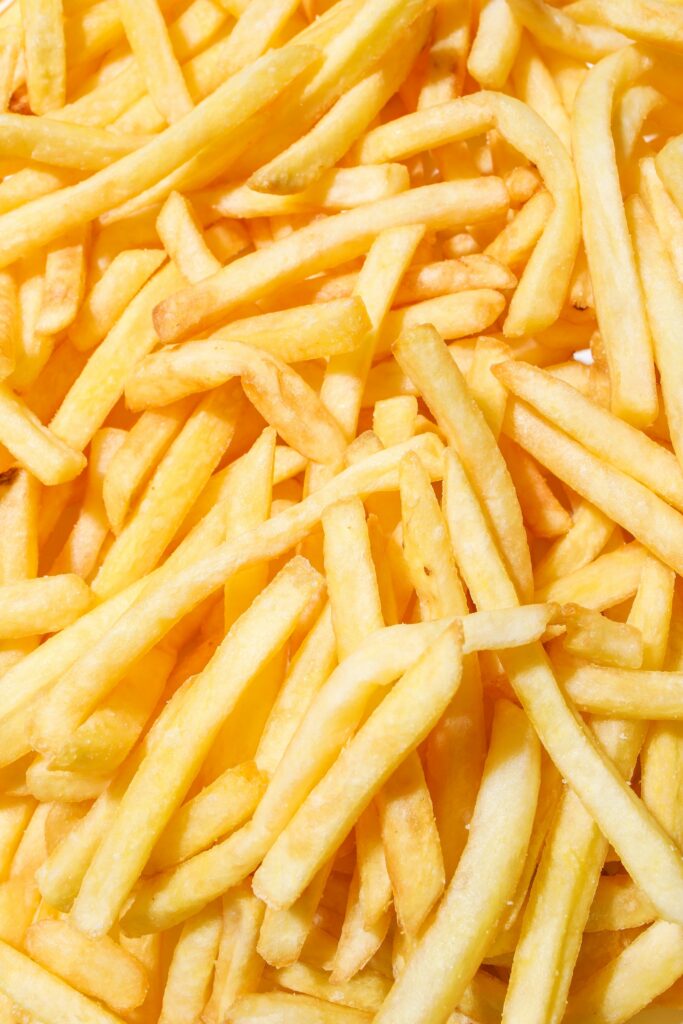
also check out: HOW DO I SPEND MONEY AS A ZERO WASTER ? // my budget, investments & the cost of living sustainably
In terms of ingredients, I think it also important to mention the excessive use of palm oil in the fast-food industry, which I already have a whole video about, then there is sugar, and other types of oil which then produced in massive quantities also pose issues (especially when used in fast food where they aren’t really necessary a lot of the time)
TRANSPORTATION
Now everything has to be transported, and transportation in and of itself does not have to be a bad thing, however, there is no point in denying that food that has to be transferred less means a lower impact than food that has to be transferred far. One of the signifiers of global fast-food chains is that the food is pretty much the same wherever in the world you go. Now you can see variations in menus, but for the most part, the items are identical, and that’s because they all come from the same place. All fries for McDonald’s are grown on the same farms and shipped out into the world. In contrast, it would be a lot more sustainable for restaurants to rely in local suppliers so the transportation would be kept to a minimum, but then the food wouldn’t be the same, idk how this is supposed to be a reason, it is actually idiotic.
Plus, more transportation also means more packaging, which we also don’t appreciate.

also check out: 1 WEEK OF RESCUE FOOD // cooking vegan meals with anti-food waste ingredients
GET THEM WHILE THEY’RE YOUNG
It is by no means out of the goodness of their hearts that fast-food chains spend time and resources on advertising to kids, or building playgrounds, hosting birthdays, or creating mascots. Countless studies show that our eating patterns as adults are heavily affected by our preferences and memories from childhood. As such it is really no coincidence that so many fast food places spend so much time reaching out to children, even though they don’t have their own money to spend. Because in a few years, they’ll be coming back – and that is especially true if they weren’t allowed to have these foods as kids. No matter what, this image, this association of feeling like you’re living your best life as a kid at a McDonald’s birthday party will haunt you for the rest of your life and is very likely to influence your adult food choices.
This is btw not exclusive to fast foods, in Denmark some of the aspects of childhood I remember most fondly were sponsored by our country’s biggest dairy corporation. From a sustainability point of view, having kids be accustomed to salty, sugary, fatty processed foods from their early years can also propose a big issue later in life.
THAT’S A WRAP
With the convenience of fast food comes packaging, and it is only recently that I have seen some chains try to at least reflect upon the waste quantity generated by their products. Most fast food places serve food in paper bags, paper wrapping, and paper cups, however, these items can very rarely be recycled. Most often they are covered with a small film of plastic to avoid leaking and spilling. Sometimes they use straight up Styrofoam boxes, which I consider an actual hate crime at this point (Styrofoam is a type (7) “other” plastic and cannot be recycled, it is however great for ocean pollution because it is both fragile and lightweight) I have now both seen some places opting for reusable cups when you eat in-restaurant and no straw/paper straw if you ask for it, which is a small step of course.

also check out: HOW SUSTAINABLE IS PAPER & CARDBOARD? / paper vs plastic disposables
About 10% of all food packaging in the world is produced for fast food. Furthermore, most fast-food wrappings contain a coating that makes it grease-repellent and a study involving scientists at five institutions collaborated on a report, which collected more than 400 samples of fast food packaging from 27 leading US chains. They found that 1/3 of this packaging contained harmful chemicals that are similar to water-repellents and non-stick coating (PFOSs and PFOAs). These are known carcinogens, hormone disruptors, and directly absorbed in our bodies through the food we eat (Ben Tinker, CNN, 2017).
There is also the notion of the “fast” aspect of the industry, which often means that a lot more material is used than necessary. When our food is handed to us 2 minutes after ordering, the people behind the counter are working fast to make that happen. As a result, we often end up with 10 napkins and 5 bags of ketchup, which is pretty wasteful. This is obviously not on the service workers there, but a direct result of company politics.
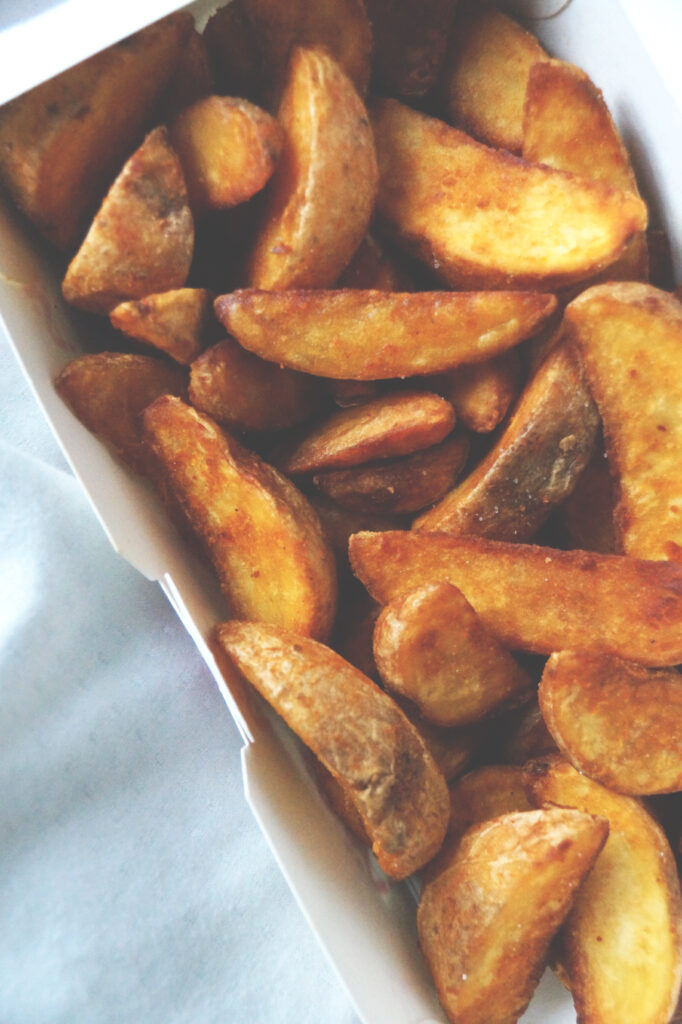
SUSTAINABLE FAST-FOOD TIPS:
- Choose whole-foods over processed foods
- Choose water rather than sugary drinks, or get your meal without the soda and carry a reusable water bottle
- Support a national or regional chain rather than the big giants
- Choose a plant-based option
- Don’t buy more than you know you can eat, to avoid food waste
- Refuse disposables that you don’t need
- Help NGOs who push for political change, and sign petitions to hold fast-food giants accountable
